Coach Reveals 7 Foods She Eats and 7 She Avoids to Lose 49 Pounds at 43
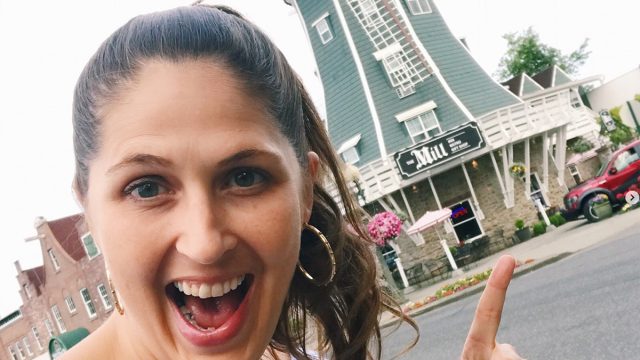
Do you want to lose weight but aren't sure what foods to eat and which to avoid? Ruth Soukup is a midlife health and mindset coach who lost almost 50 pounds. She regularly shares her tips and tricks with hundreds of thousands of Instagram followers. "I lost 49 pounds at age 43 without dieting or Ozempic," she writes. In two posts, she reveals 7 foods she eats "pretty much every day" and 7 she avoids. "I struggled with my weight for YEARS before I finally stopped dieting once and for all, and just focused on balancing my hormones instead. In the process, I lost 49 pounds and have kept it off, without ever counting calories," she says.
What She Eats: Animal Protein
Animal protein is the first item on her list. "This usually includes bone broth and farm fresh eggs in the morning, chicken at lunch, and either beef, chicken, pork, or fish at dinnertime," she says.
RELATED: 12-3-30 Walking Method: 20 Proven Tips to Lose Weight Faster
Healthy Fat
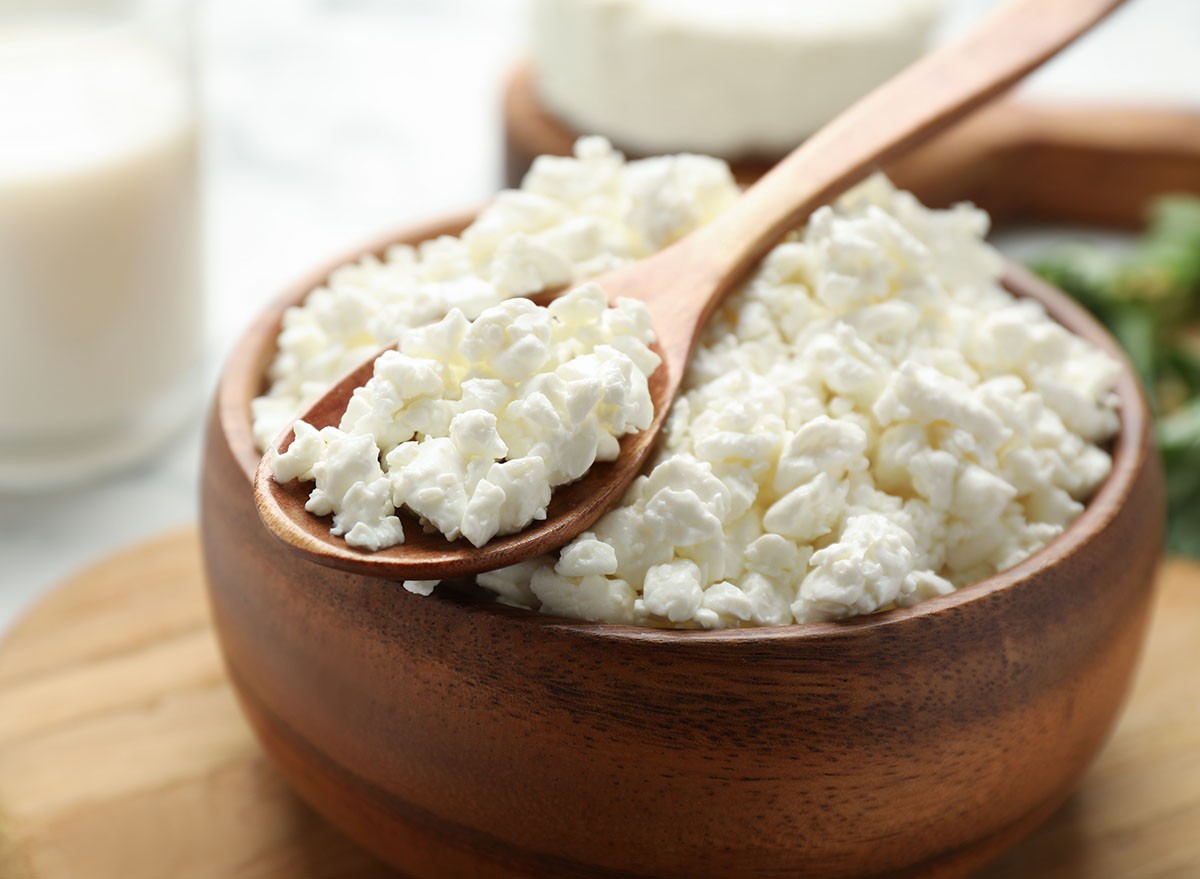
She also makes sure to eat healthy fat. "This mostly comes from avocado oil, EVOO, and butter, but also full fat dairy—heavy cream, cream cheese, cheese, sour cream, greek yogurt, and cottage cheese," she says.
Vegetables
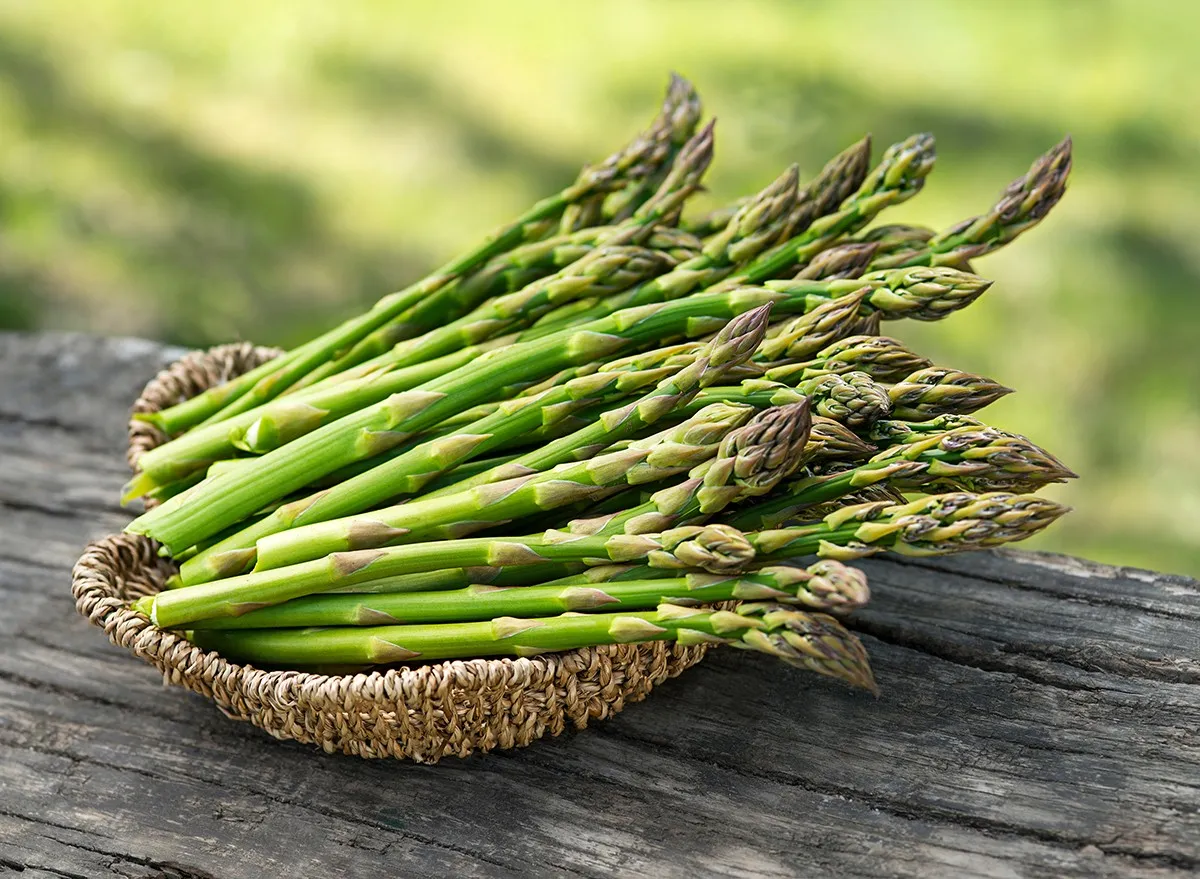
She eats lots of veggies, too. "Lots of broccoli, cauliflower, spinach, asparagus, bell peppers, onions, garlic, tomatoes, carrots, and Brussels Sprouts. I don't eat a ton of salad, unless it's a good Caesar with homemade dressing, which I make every few weeks," she says.
Fresh Berries
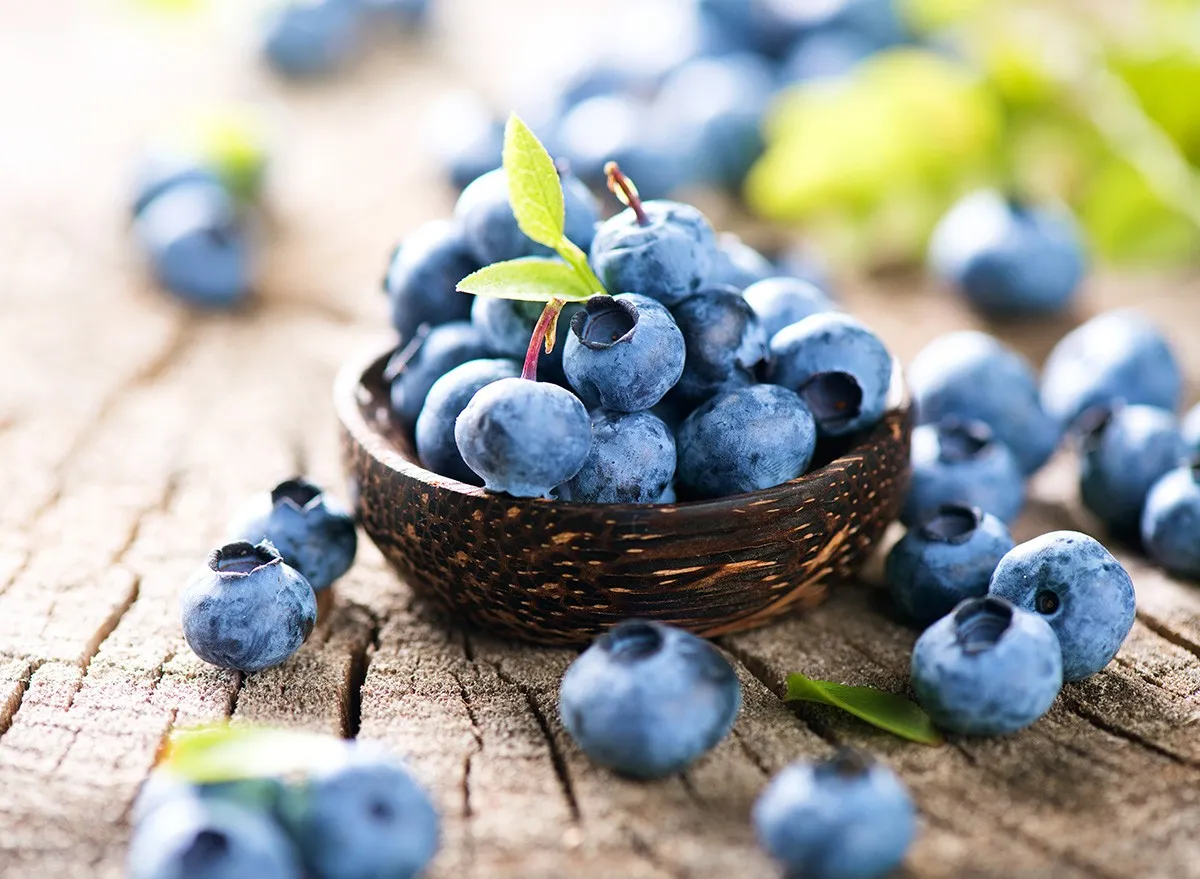
Fruits are also on her shopping list, especially fresh berries. "Mostly strawberries, blueberries, and raspberries," she writes.
RELATED: 8 High-Protein Foods with Nearly Zero Calories That Melt Fat
Fermented Foods
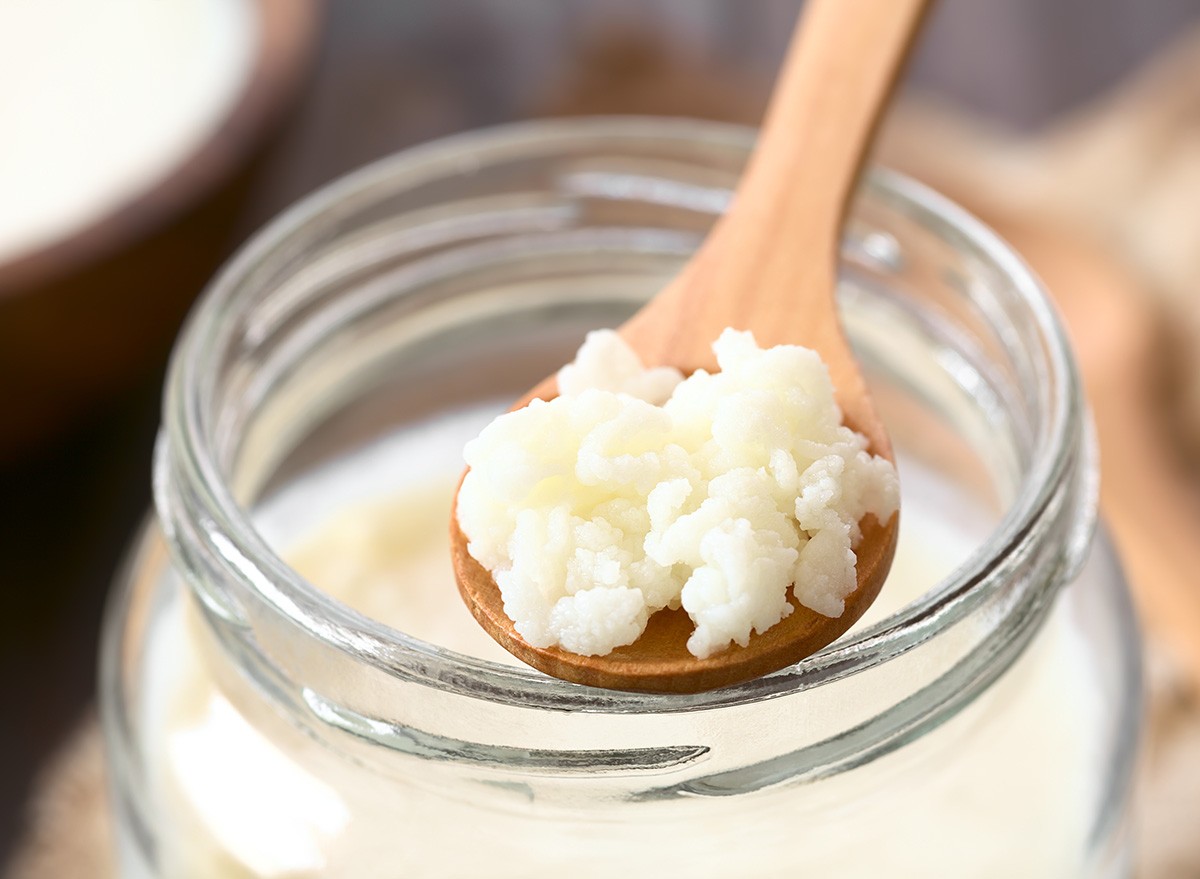
"I try to eat at least a little bit of fermented food every day for the probiotics," she says. "My favorite is kimchi, but I'll also do fresh sauerkraut or kefir, and I make my own fermented ketchup (scroll down in my feed for the recipe.)"
Starches
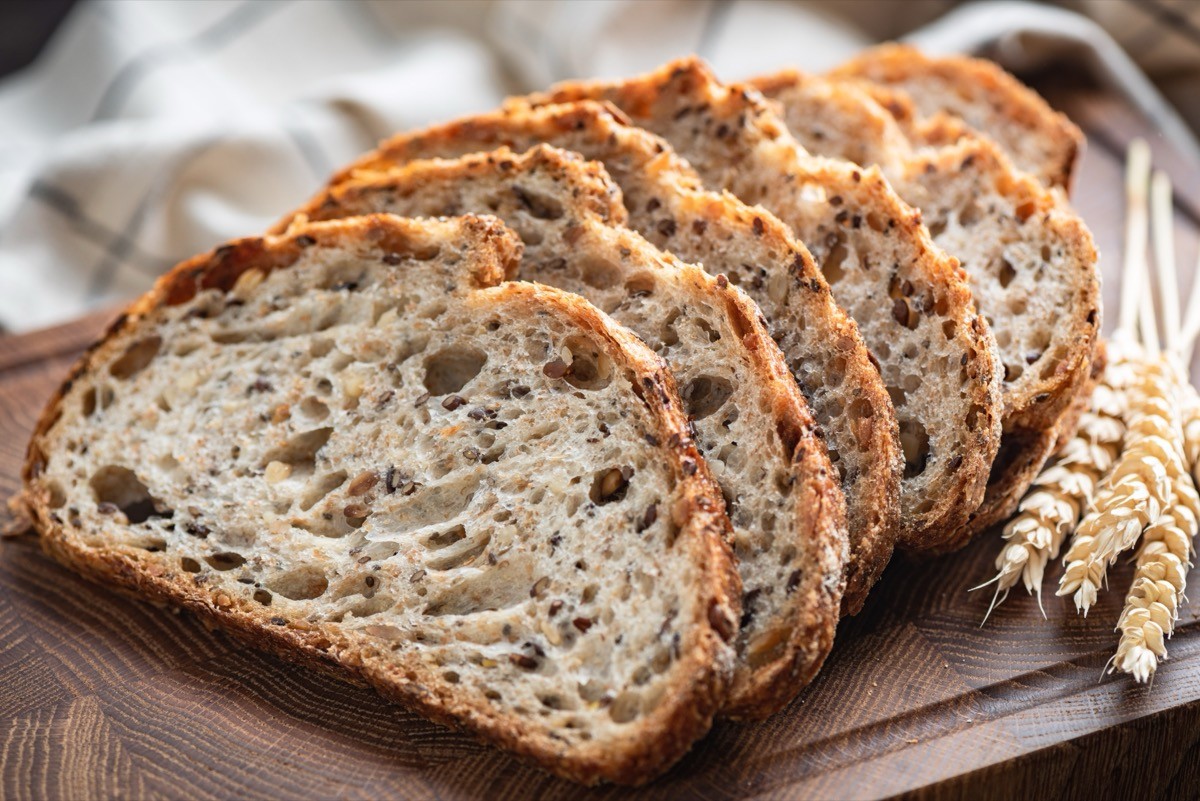
Starches are also part of her diet. "I don't tend to eat a ton of starchy food, but I do love real sourdough bread, and I also sometimes make potatoes or jasmine rice to go with dinner, depending on what we're having," she says.
Seasonings
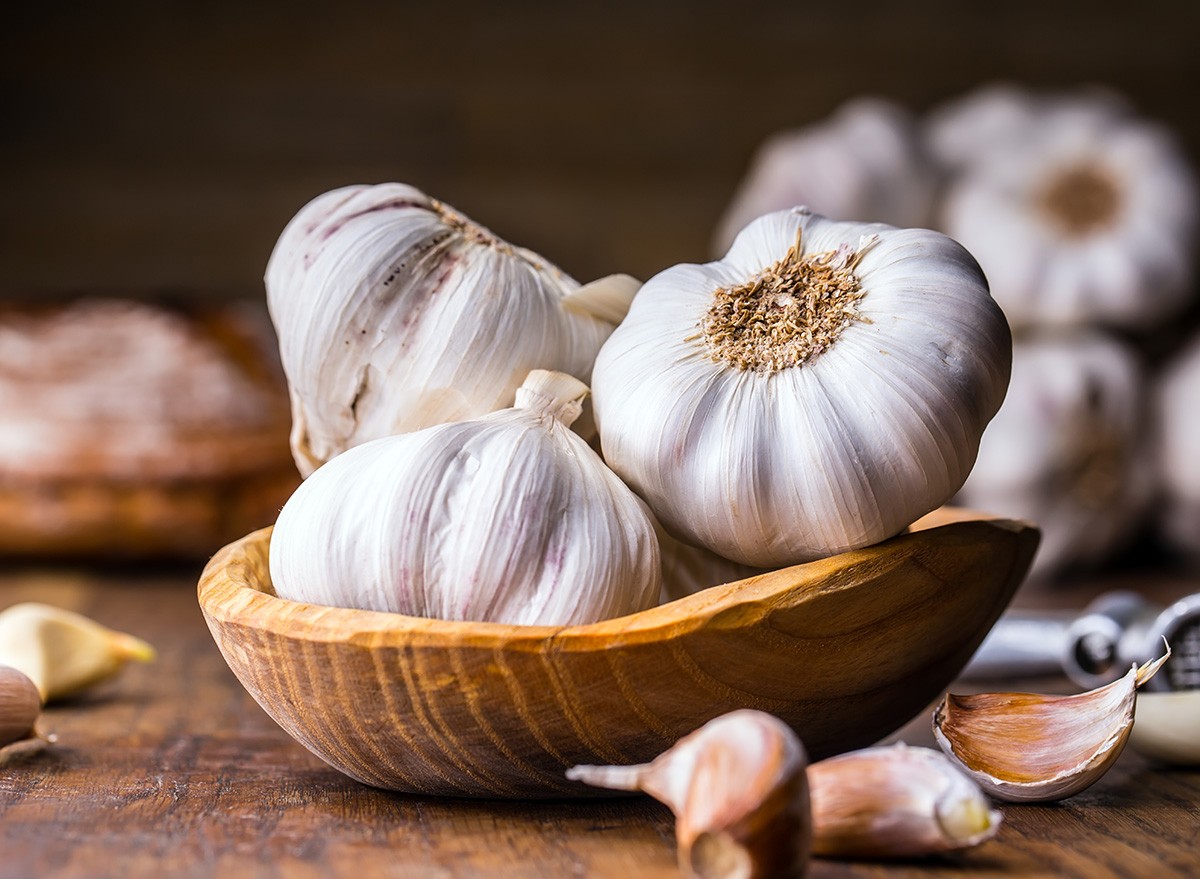
She also invests money in seasoning. "Generally lots of salt, pepper, garlic & onion powder, fresh herbs and hot sauce," she writes. One of her favorites? The Green Dragon sauce from Trader Joes.
She Doesn't Eat: Vegetable Oil

In another post, she reveals what she eliminated from her diet. "Vegetable oil or any other highly processed seed oils, as well as Crisco and margarine," she writes. "These are all so toxic and highly inflammatory! I also tend to avoid any processed foods that contain these oils. Instead, I cook with butter, avocado oil, and olive oil."
Sugar
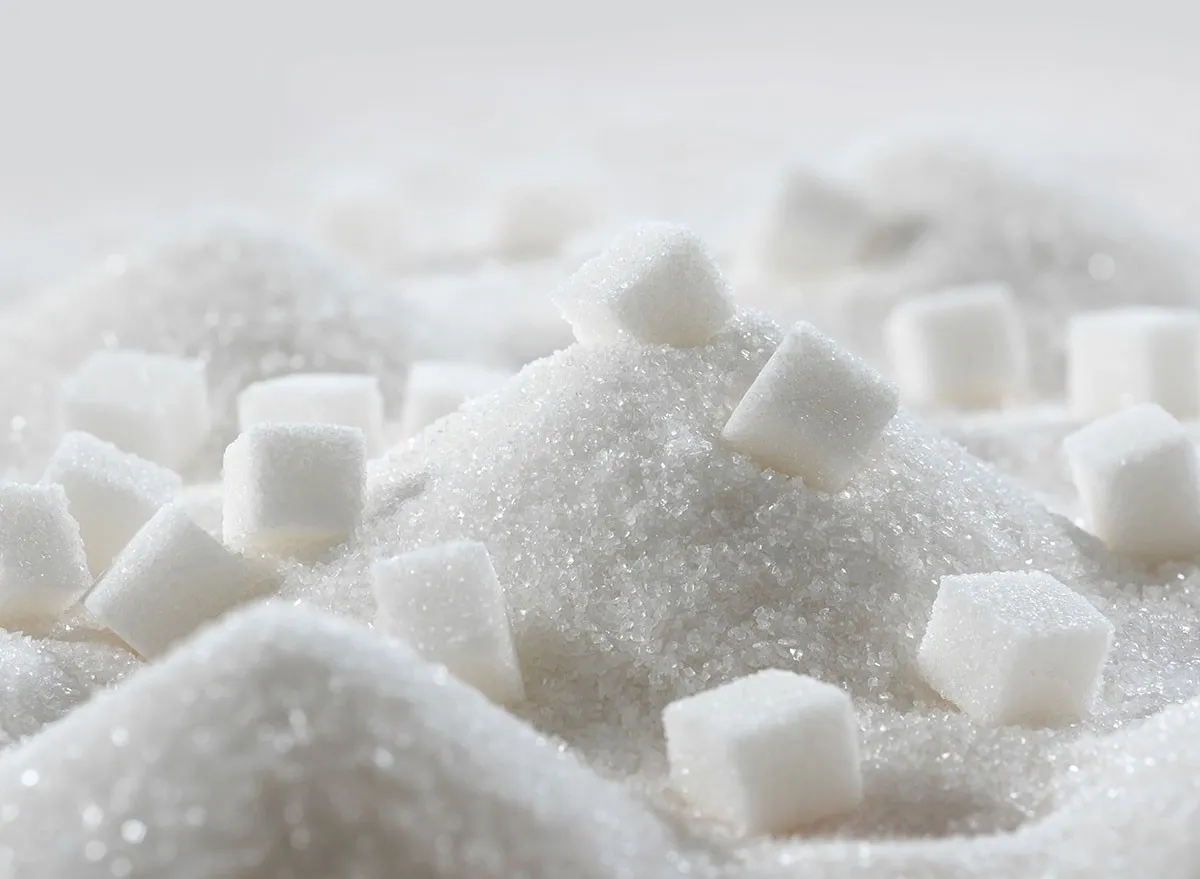
She also stays away from sugar. "If I do need to use a sweetener for a recipe, I typically stick to monkfruit or allulose or a blend of those two," she says.
RELATED: 10 Foods to Avoid If You're Trying to Burn Fat, Says Expert
High Fructose Corn Syrup
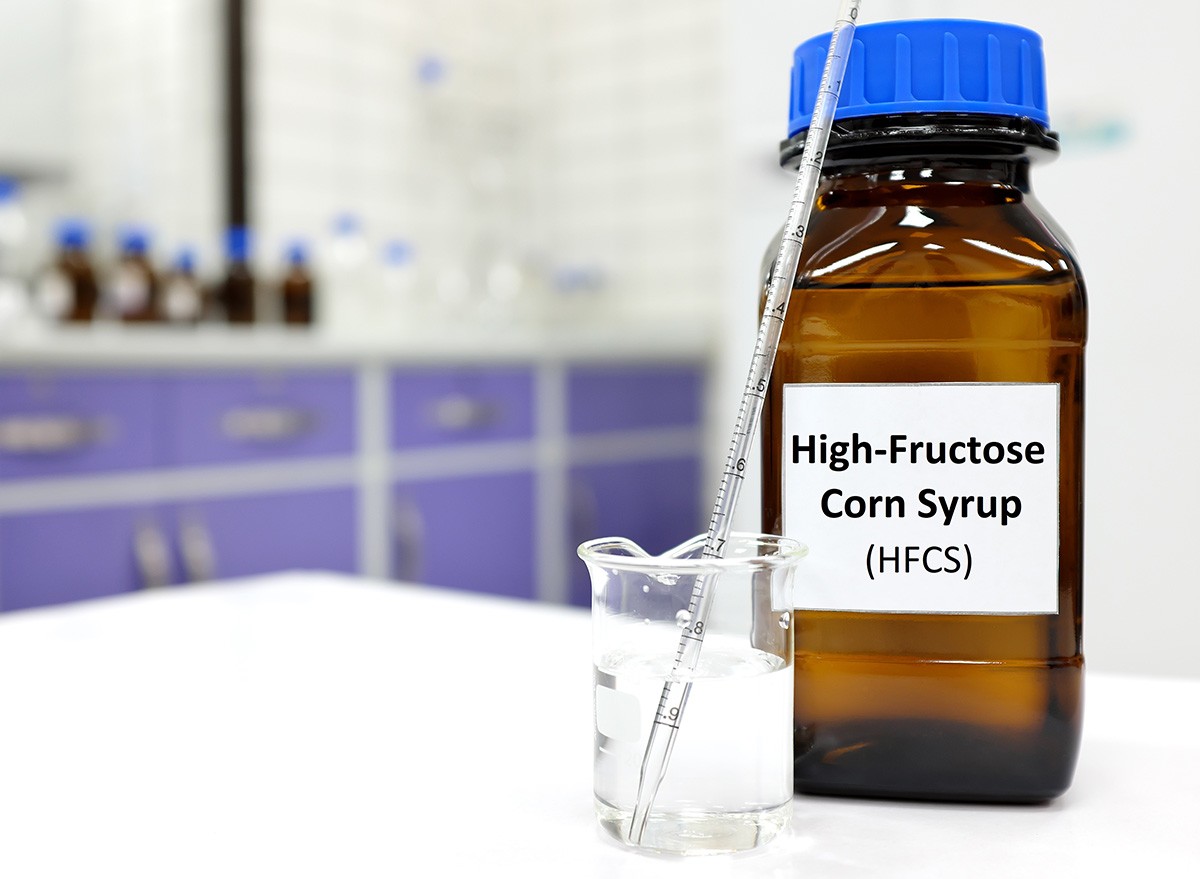
High fructose corn syrup is another no-no. "Another highly toxic and inflammatory ingredient I try to avoid that is sadly way too common in so many processed foods," she writes
Packaged Side Dishes
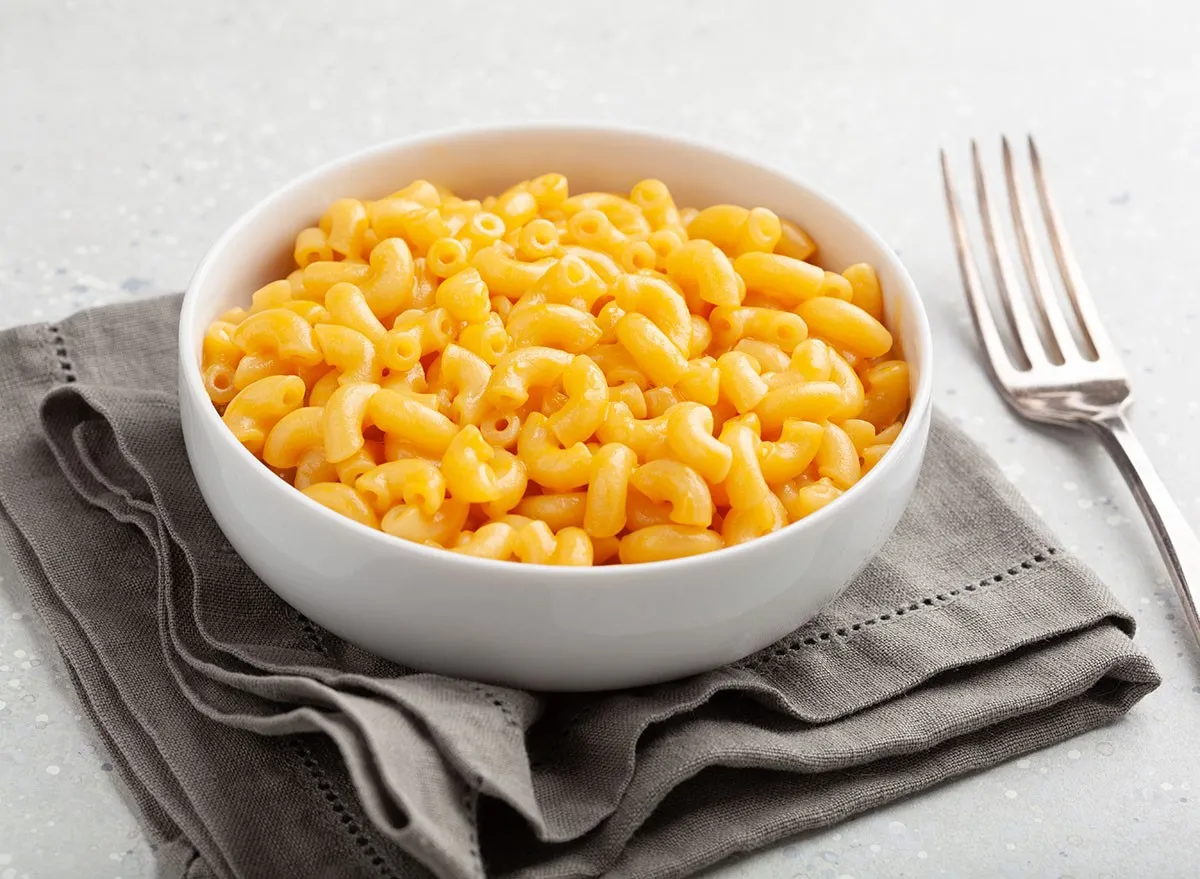
Ruth also recommends avoiding packaged side dishes, "such as mac and cheese, stuffing, rice pilaf blends, scalloped potatoes, hamburger helper, etc." These are highly processed foods.
Breakfast Cereal
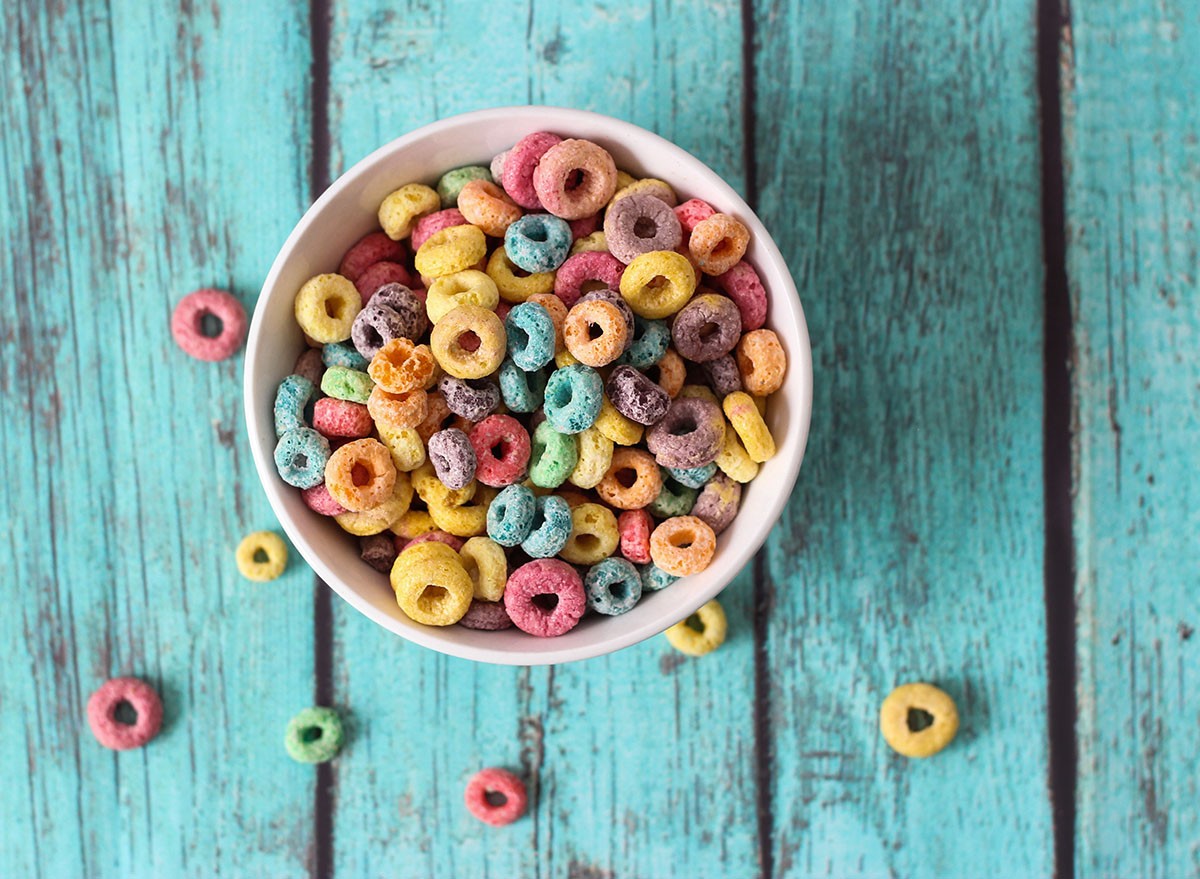
Ruth strongly suggests staying away from breakfast cereal. Most of it is highly processed and contains lots of additives and sugar. If you want to eat cereal, opt for a higher-fiber, lower-sugar option.
Brownie and Cake Mix
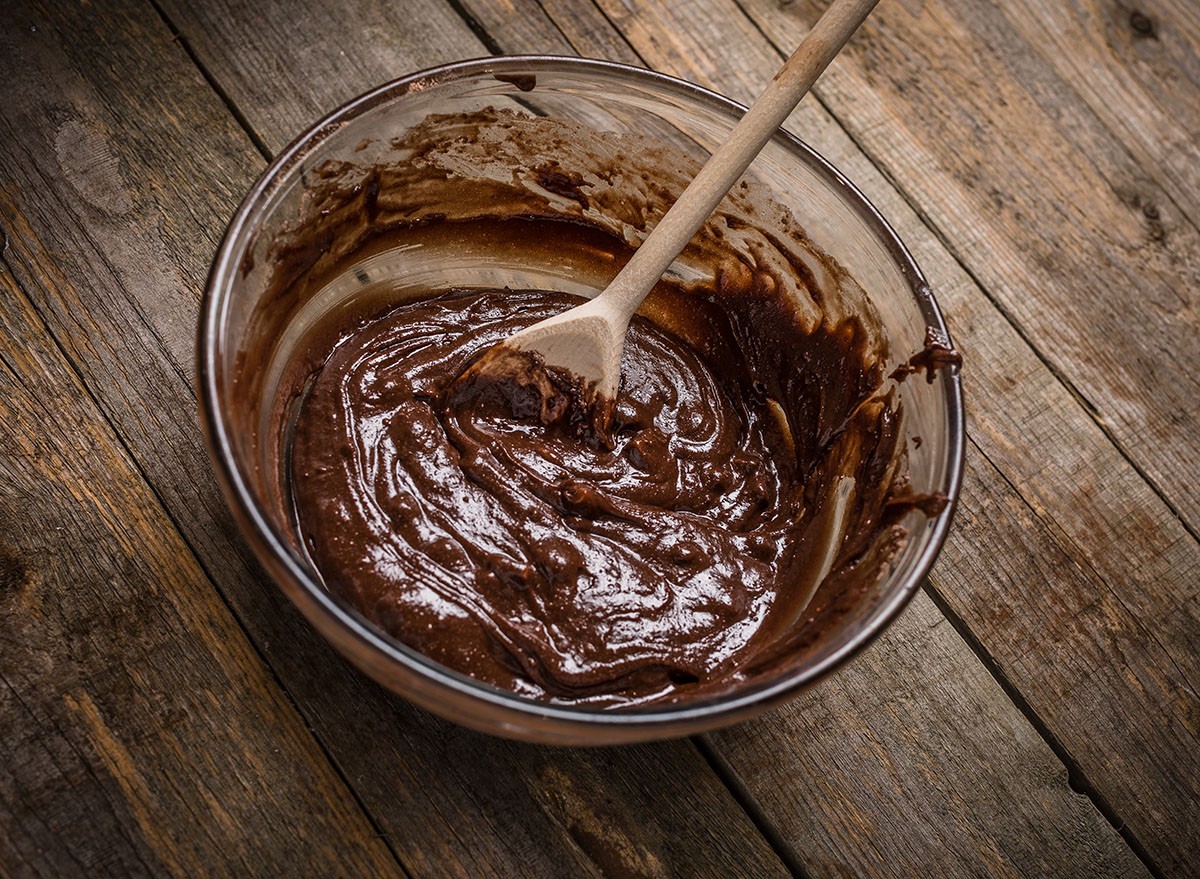
Brownies and cake mixes are also on her list of things to avoid. If you do enjoy baking, try cooking from scratch using healthier flours and sweeteners, which will result in a less processed and more nutritious product.
Fruit Juice

According to Ruth, fruit juice may sound nutritious, but you should stay away. "Except for Clamato, which we use for Bloody Marys on the weekend! The rest of it is just pure sugar," she says. And if you enjoyed this article, take advantage of these 15 Quick Ways to Lose Body Fat Percentage in a Week.




